Introduction: Facing the Harsh Reality of Motorcycle Crash Injuries
Motorcycle riding offers a sense of freedom and adventure like no other mode of transportation. However, it is crucial to acknowledge the inherent risks involved in this exhilarating activity. Motorcycle crash injuries can have severe consequences, impacting the physical, emotional, and financial well-being of riders. In this comprehensive guide, we will delve into the reality of motorcycle crash injuries, examining their causes, common types of injuries, prevention strategies, and the importance of protective gear. By understanding these risks and taking proactive measures, riders can stay safe and enjoy their passion for motorcycle riding.
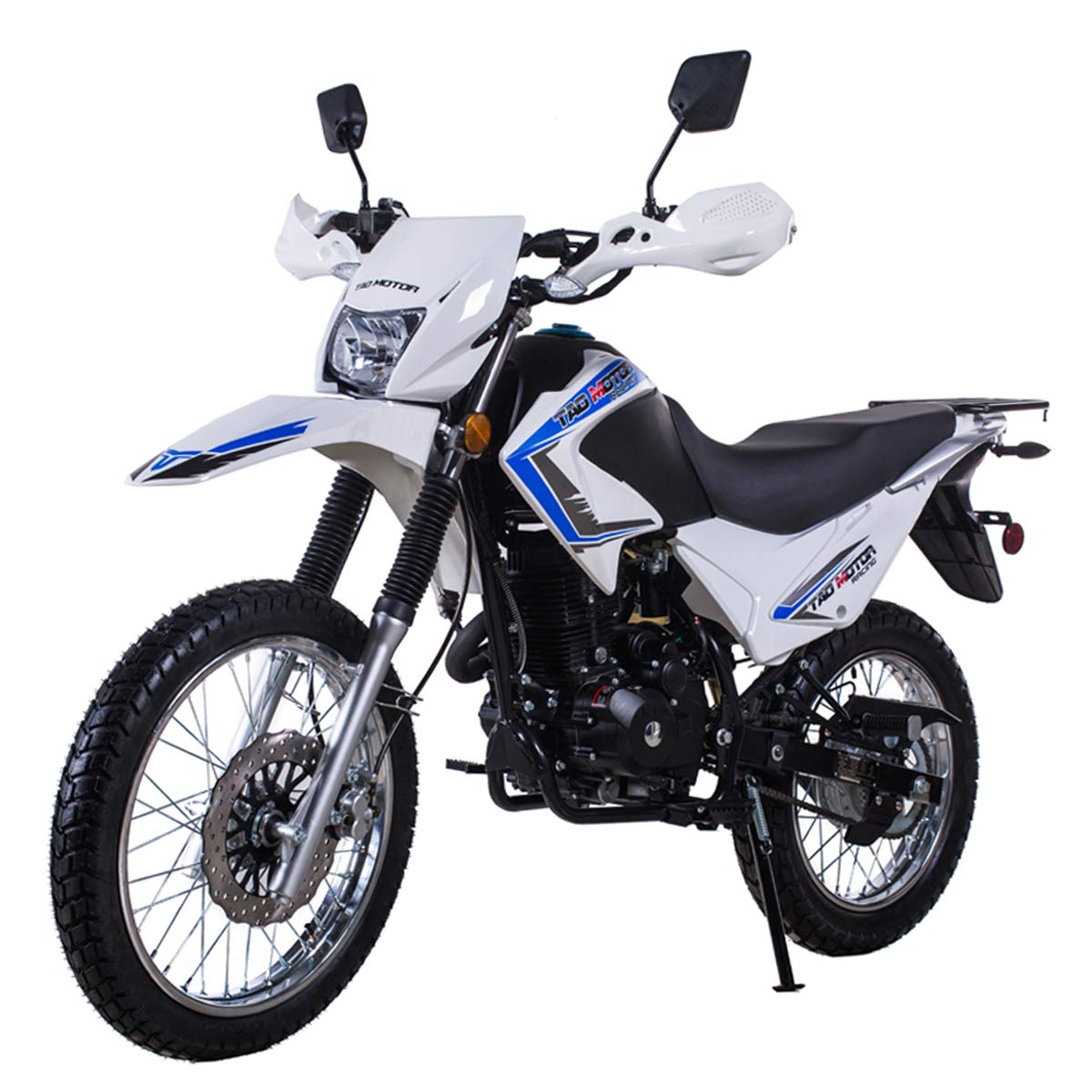
The Reality of Motorcycle Crash Injuries: Understanding the Risks
-
The Causes of Motorcycle Crashes
a. Human error: The majority of motorcycle accidents are caused by human error. Factors such as speeding, impaired driving, reckless behavior, and failure to observe traffic regulations significantly contribute to the likelihood of a crash.
b. Lack of visibility: Motorcycles are inherently less visible than larger vehicles on the road, increasing the risk of collisions. Drivers who fail to see motorcycles when changing lanes, making turns, or merging into traffic pose a significant threat to riders.
c. Road conditions: Uneven road surfaces, potholes, debris, and other road hazards present additional dangers to motorcyclists. The lack of protection provided by a motorcycle’s design makes riders more susceptible to accidents or losing control due to these hazardous conditions.
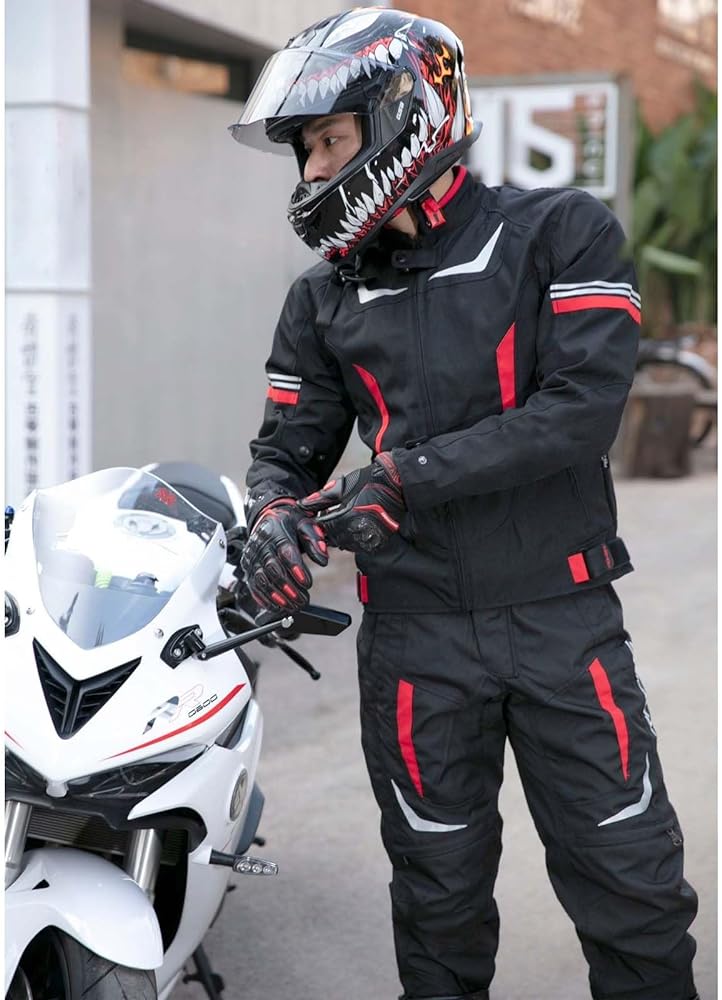
-
Common Types of Motorcycle Crash Injuries
a. Head injuries: Head injuries are among the most severe and life-threatening injuries sustained in motorcycle crashes. Traumatic brain injuries (TBI) can result in long-term cognitive, physical, and behavioral impairments. Wearing a helmet significantly reduces the risk of head injuries and should be a non-negotiable practice for all riders.
b. Fractures and orthopedic injuries: Motorcycle crashes often result in fractures and orthopedic injuries due to the impact and forces involved. Common injuries include fractures to the extremities, ribs, pelvis, and spine. Recovery and rehabilitation can be prolonged, and some fractures may require surgical intervention.
c. Road rash and soft tissue injuries: Road rash, caused by friction with the road surface during a crash, can range from mild abrasions to deep, painful wounds. Soft tissue injuries, such as contusions, sprains, strains, and ligament tears, are also prevalent in motorcycle crashes. Riders should wear appropriate protective gear, including jackets, pants, and gloves, made of abrasion-resistant materials to mitigate the severity of these injuries.
d. Internal injuries: The lack of external protection on a motorcycle exposes riders to increased risk of internal injuries. Organ damage, internal bleeding, and lacerations can occur due to the impact or crushing forces sustained during a crash. Prompt medical attention is crucial to diagnose and treat these injuries.
e. Psychological trauma: Motorcycle crash injuries can have a profound impact on a rider’s mental health. Post-traumatic stress disorder (PTSD), anxiety, depression, and adjustment disorders are common psychological consequences of a traumatic crash. Seeking support and professional help is essential for a rider’s overall well-being and recovery.
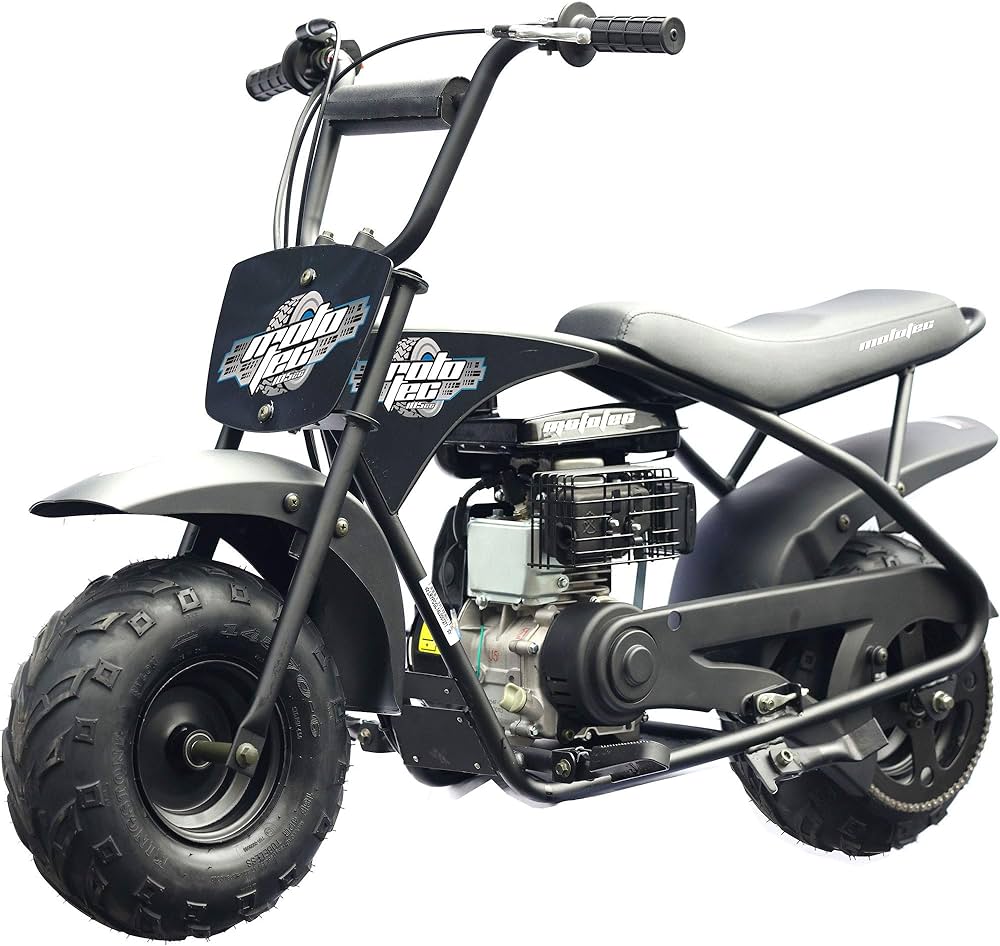
-
Prevention Strategies and Risk Reduction
a. Rider training and education: Participating in comprehensive motorcycle training courses is vital for riders of all experience levels. These courses teach defensive riding techniques, hazard anticipation, proper braking, and situational awareness, reducing the risk of accidents caused by rider error.
b. Improved visibility: Choosing brightly colored gear and adding reflective elements to helmets, jackets, and motorcycles enhances visibility. Using headlights during daytime riding, maintaining a safe distance, and positioning motorcycles in highly visible areas of the road can also improve visibility to drivers.
c. Defensive riding practices: Defensive riding involves constantly anticipating potential hazards and taking proactive measures to avoid them. Riders should be aware of blind spots, maintain a safe following distance, and use defensive maneuvers like swerving and evasive braking when necessary.
d. Avoiding impaired riding: Never operate a motorcycle under the influence of alcohol, drugs, or prescription medications that impair judgment, coordination, or reaction times. Impairment significantly increases the risk of accidents, leading to potentially life-altering injuries.
-
The Importance of Protective Gear
a. Helmets: Wearing a helmet is the most effective way to protect against head injuries. A helmet should meet safety standards and fit snugly, covering the entire head. The helmet should also be free of cracks or other damage, as compromised structural integrity reduces its effectiveness.
b. Motorcycle jackets and pants: Motorcycle-specific jackets and pants made of abrasion-resistant materials provide crucial protection against road rash and soft tissue injuries. They offer additional padding, reinforcement in critical areas, and built-in armor for impact protection.
c. Gloves and footwear: High-quality gloves protect the hands from abrasion and provide a better grip on handlebars. Sturdy, closed-toe footwear with ankle support is essential to protect against foot and ankle injuries in the event of a crash or loss of control.
d. Eye protection: Wearing shatterproof goggles or a full-face helmet with a visor shields the eyes from debris, wind, and insects. Eye protection not only enhances visibility but also prevents eye injuries that could impair a rider’s ability to safely operate a motorcycle.
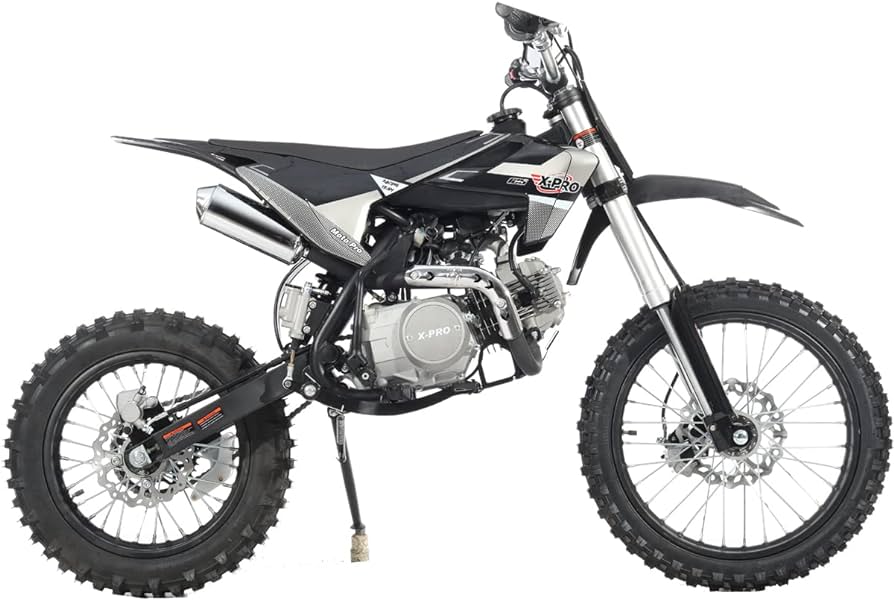
-
Seeking Legal and Medical Assistance
a. Legal representation: If you are involved in a motorcycle crash, seeking legal assistance can help protect your rights and ensure fair compensation for your injuries and damages. Consult an experienced motorcycle accident attorney to guide you through the legal process and advocate for your best interests.
b. Immediate medical attention: It is crucial to seek medical attention immediately after a motorcycle crash, even if injuries may appear minor. Some injuries may not present immediate symptoms, and prompt medical evaluation can identify underlying issues that may worsen without treatment.
c. Follow-up care and rehabilitation: Follow the treatment plan provided by healthcare professionals and engage in any necessary rehabilitative therapies. Adhering to medical advice improves the chances of a full recovery and minimizes long-term complications resulting from the crash.
-
Promoting a Culture of Safety
a. Community awareness and education: Promoting safety within the motorcycle community is essential. Participate in awareness campaigns, share safety tips with fellow riders, and encourage responsible riding practices among friends and peers.
b. Advocacy and policy support: Support organizations that advocate for motorcycle safety and lobby for policies that improve road infrastructure, driver awareness, and motorcycle safety standards. By working together, riders can help create a safer environment for everyone on the road.
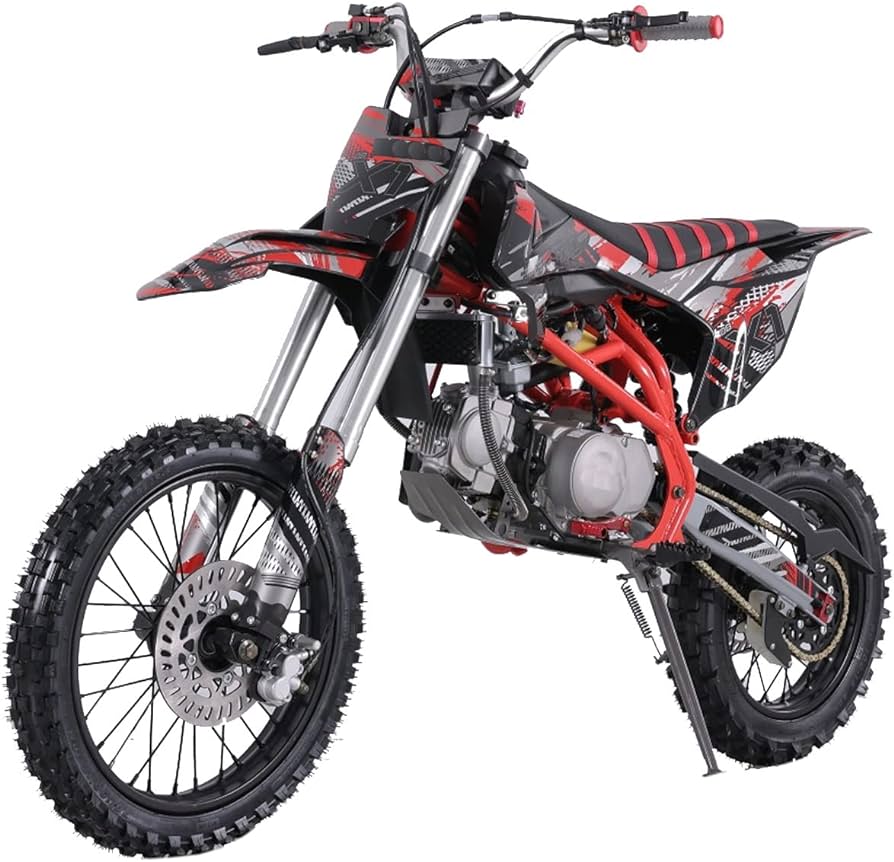
Understanding the reality of motorcycle crash injuries is a critical step toward mitigating the risks associated with motorcycle riding. By acknowledging the causes of accidents, being aware of common types of injuries, implementing prevention strategies, wearing protective gear, and seeking legal and medical assistance when needed, riders can navigate the path toward motorcycle safety.
While motorcycle riding inherently carries risks, a combination of defensive riding practices, education, and adherence to safety guidelines can significantly reduce the likelihood of accidents. By prioritizing safety at all times, riders can enjoy the thrill of motorcycle riding while minimizing the potential for life-altering injuries. Stay vigilant, ride responsibly, and make safety a fundamental part of every motorcycle journey.
